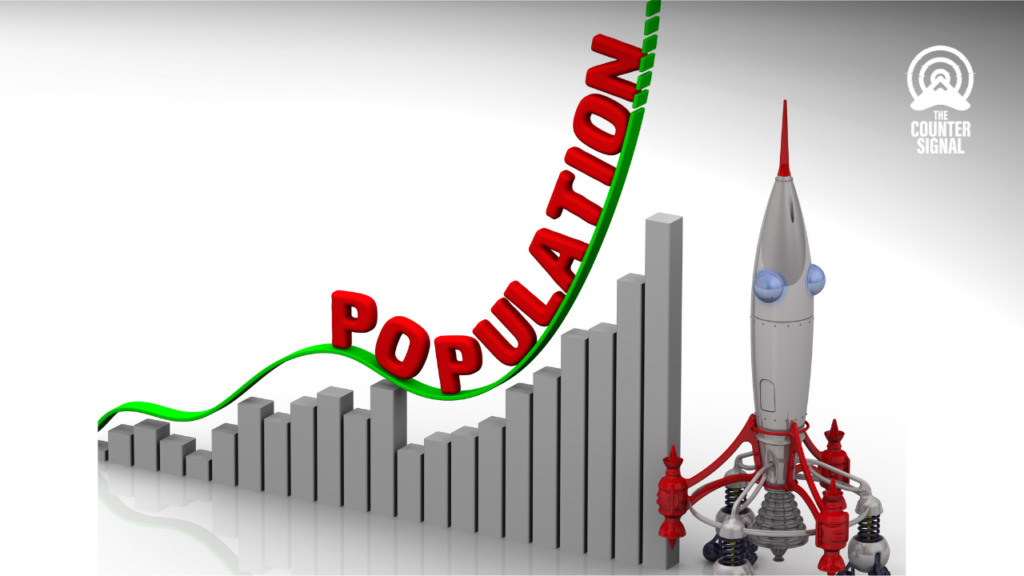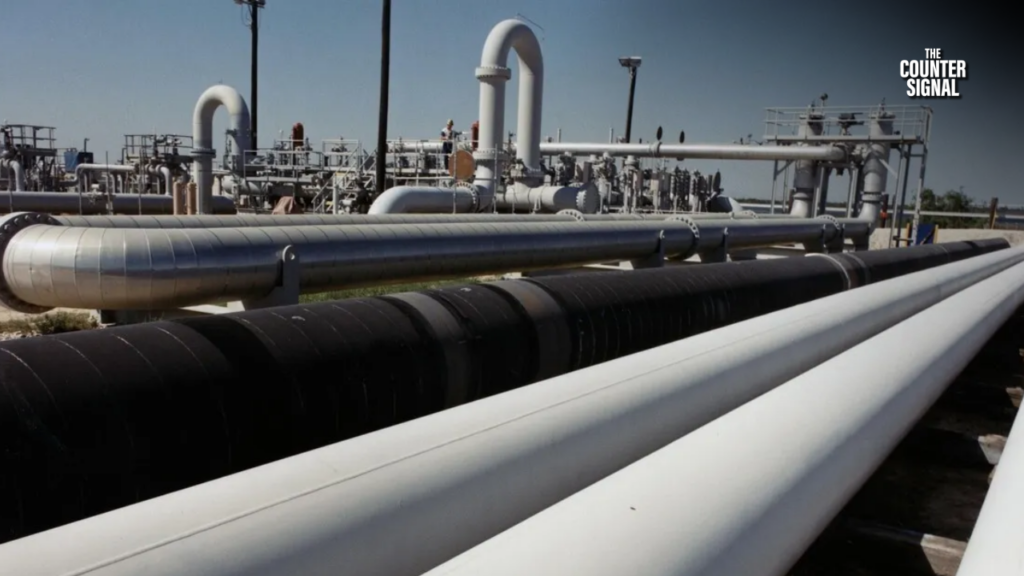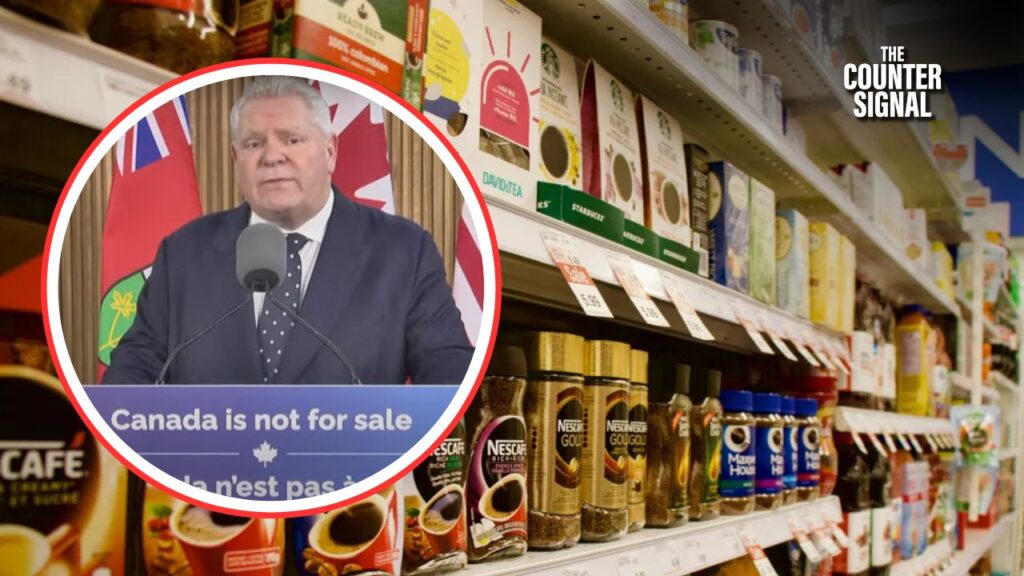According to StatsCan, 98% of Canada’s population growth came from international migration between July 2022 and 2023.

Despite historic low birth rates, Canada’s population growth rate over those twelve months was an unprecedented 2.9% — a rate that’s higher than most African countries.
Of course, whereas most African nations are known for high fertility, Canada’s boom can be attributed to “a high number of immigrants (468,817) and an increase in the number of non-permanent residents (+697,701),” StatsCan reported.
Canada’s population is now estimated to be over 40 million.
If this trend persists, which the Trudeau Liberals’ record-high immigration targets suggest will happen, Canada could witness a doubling of its population within 25 years.
Remarkably, non-permanent residents in Canada have surged to an estimated 2,198,679 as of July 1, 2023 — a 46% increase from the previous year. This surpasses the entire population count of all Indigenous people in Canada.
Province break down
Provincially, Alberta experienced the largest growth at 4.0%. Alberta’s growth was driven not only by international migration but also record net gains from interprovincial migration.
Meanwhile, the Maritime provinces also show huge growth rates, almost all of which came from international migration. Prince Edward Island experienced a 3.9% increase from 2022, Nova Scotia 3.2%, and New Brunswick 3.1%.
Ontario and British Columbia each had a 3.0% growth rate, with Manitoba (2.9%) and Saskatchewan (2.6%) just behind.
Immigration’s link to housing crisis
This growth rate comes amid one of the worst housing crises in Canadian history.
Recent documents obtained by The Counter Signal reveal that Prime Minister Justin Trudeau was informed by the Secretary of the Cabinet, Janice Charette, that his immigration policy was directly causing the country’s housing affordability crisis.
“There is broad agreement among experts that homebuilding has been insufficient in comparison with housing demand in recent years, particularly with the increase in immigration since 2015,” Charette told Trudeau.
Five months after digesting this report, Trudeau released his 2023-2025 immigration targets, which not only disregarded the warning given to him, but instead accelerated the rate of immigration.









